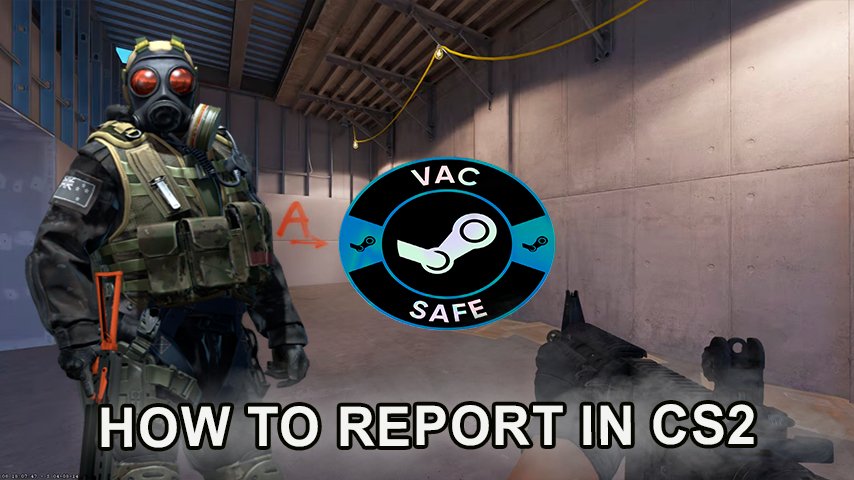Hookup Doc: Your Go-To Guide for All Things Dating
Explore the latest trends, tips, and advice in the world of dating and relationships.
CS2 Toxicity Reports: Escaping the Rage Quit Epidemic
Discover how to break free from CS2 toxicity and rage quits! Explore strategies to elevate your gaming experience and stay cool under pressure.
Understanding the Roots of Toxicity in CS2: What Drives Players to Rage Quit?
In the competitive landscape of CS2, player interactions can often turn sour, leading to a phenomenon known as toxicity. Toxicity is often rooted in competitive pressure, where the desire to win eclipses sportsmanship. Factors such as poor team dynamics, skill disparities, and personal frustrations contribute to a player’s emotional state. When matches become intense, players may find themselves facing backlash from teammates or opponents, triggering a cycle of negativity that can culminate in rage quitting.
Another contributing factor to toxicity in CS2 is the anonymity of online gaming. Players may feel emboldened to express frustrations in ways they wouldn't in face-to-face interactions. This detachment can lead to aggressive behaviors being amplified. Additionally, the role of communication cannot be overstated—miscommunication or silence during critical moments can escalate tensions. To combat this, understanding the root causes of these behaviors and striving for better teamwork and communication can significantly reduce incidents of toxicity and help create a more enjoyable gaming environment for all.

Counter-Strike is a highly popular first-person shooter that emphasizes teamwork and strategy. Players engage in intense multiplayer matches, often drawing on maps with specific features. For instance, understanding anubis callouts is crucial for effective communication and coordination within the team. The game continues to evolve, maintaining a dedicated player base worldwide.
Top Strategies for Managing Toxicity in CS2: How to Keep Your Cool in High-Stress Matches
In high-stress matches of Counter-Strike 2 (CS2), managing toxicity can be a significant challenge that directly impacts your performance and enjoyment of the game. One of the top strategies is to prioritize effective communication. Clearly expressing your thoughts without resorting to insults or negativity can help create a positive team dynamic. Try using constructive criticism and focusing on specific gameplay aspects that need improvement, rather than generalizing or blaming teammates. This shift in approach minimizes tension and fosters cooperation, ultimately leading to a more enjoyable gaming experience.
Another effective strategy for managing toxicity in CS2 is to practice emotional regulation. High-stress matches can lead to frustration and anger, but recognizing these feelings is key to maintaining your composure. Take a moment to breathe and count to five before reacting to any negative situations. Additionally, consider using in-game tools, such as muting toxic players or using the reporting system, to safeguard your mental space. By reinforcing your emotional resilience and creating boundaries, you can keep your cool and stay focused on the game.
The Impact of Toxic Behavior on CS2 Gameplay: Why It's Time to Break the Cycle
The impact of toxic behavior on CS2 gameplay is profound and far-reaching. Players often find themselves encountering negativity in the form of insults, harassment, and unsportsmanlike conduct. This kind of behavior not only damages the gaming experience for individuals but also creates a toxic environment that can deter new players from joining the community. When players engage in toxic interactions, it fosters a culture of hostility, undermining teamwork and cooperation, which are essential for success in competitive gaming.
It's time to break the cycle of toxic behavior in CS2 and promote a healthier gaming community. This can be achieved through a collective effort: reporting toxicity, encouraging positive interactions, and setting an example for others. By addressing toxic behavior head-on and reinforcing a culture of respect and sportsmanship, we can create a more inviting atmosphere where players can enjoy the game without fear of harassment. Remember, every small action counts, and by standing against toxicity, we pave the way for a more enjoyable gaming experience for all.